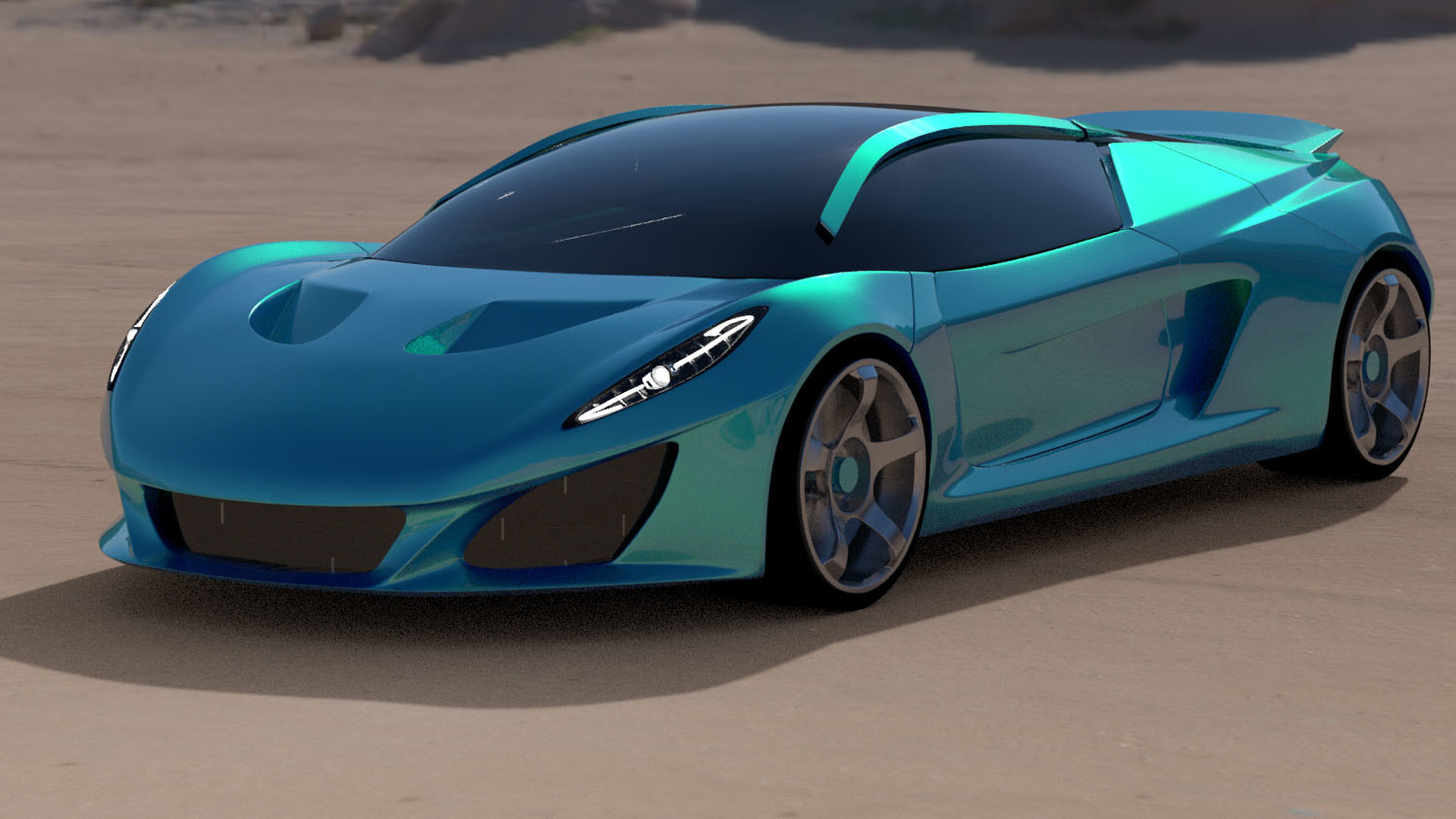2017 Keating Berus Promises a Fresh Supercar Face

Keating Supercars isn’t exactly a household name in the exotic car industry. In fact, I’d bet you’ve never heard of Keating Supercars until you came across this article. The British manufacturer hope to escape their relative anonymity within the supercar community when they debut their latest 230mph supercar, Keating Berus, at the Top Marques Monaco show in April 2017.
Named after the Vipera Berus snake, Keating Berus will be the fifth model from Keating Supercars, who operate as a very small team under the guidance of Dr. Anthony Keating in Manchester, England. Their previous efforts include the Keating TKR, the company’s first model which debuted in 2006, followed by the SKR, ZKR, and The Bolt.
Currently, only a half-scale model of the Berus exists, and can be seen at the University of Bolton’s Centre for Advanced Performance Engineering. Keating Supercars is a partner to the university, which also happens to be Dr. Keating’s alma mater.
In place of a full-sized prototype, only computer-generated renderings are available to show us what the Berus will look like when ultimately completed, and they appear promising. Design elements from other popular supercars like the new Acura NSX, McLaren P1 and Koenigsegg Agera can be see in the Berus, but the overall shape looks to be proprietary.

Reports indicate that Keating are working on two different versions of the Berus, one with a traditional combustion engine and one fully-electric. The combustion engine version will be powered by a V8 producing more than 650hp, while the electric model is speculated to have up to 402hp and 1054lb-ft.
And although offering a choice between the two means of propulsion would certainly raise Keating’s status as a manufacturer, their past history of delivering on promises has been shaky.
After gaining some recognition in 2008 when their 1750hp+ Keating TKR completed a documented 260.1mph top speed run, their next model, The Bolt, became the subject of ridicule due to outlandish, unsubstantiated performance claims.
The Bolt was touted as being able to do 0-60mph in 2 seconds flat, a figure that rightly raised suspicions within the automotive world. Its quoted curb weight fluctuated between 990kg and 1200kg, depending on who was asked, and it could supposedly hit “0.5 mach,” or 380mph, according to a sales brochure — it almost goes without saying that The Bolt never made production.
Despite the fiasco with their previous supercar, it’s hard not to root for Dr. Keating and his team. What a wonderful — and trying — undertaking it must be to compete with some of the greatest engineering minds in the world, with a reported staff of just 3 people. Hopefully Keating Supercars have learned from their mistakes and will focus on making a car that’s more realistic and plausible.
It doesn’t have to be the greatest supercar ever made, doesn’t need to break the sound barrier or accelerate faster than a Porsche 918 — it just has to be itself, a fresh face in the game that tickles the little child inside of us who daydream constantly of beautiful machines.
